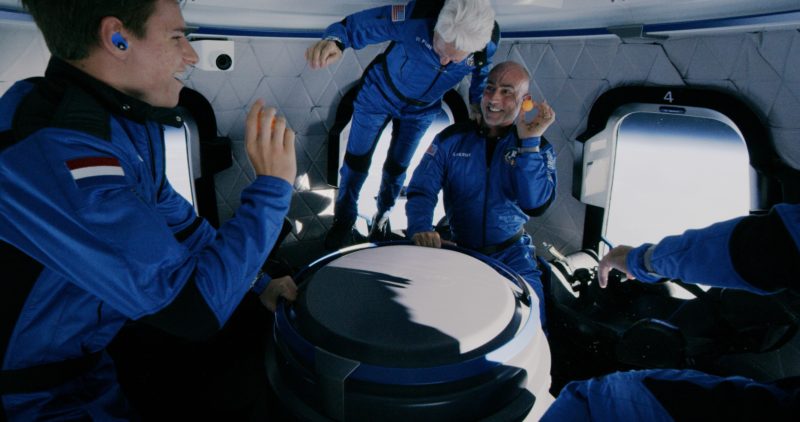
More than two decades ago, not long after he made history by flying into space aged 77, “Original Seven” Project Mercury astronaut John Glenn bumped into an elderly couple at an airport. They told him that Glenn had changed their lives for the better. For years, they had desired to summit Africa’s Mount Kilimanjaro, but work, children and encroaching old age conspired against them. Glenn’s flight on shuttle Discovery inspired them to do it, with age no longer a barrier to the pursuit of a dream.
Early Tuesday, Glenn’s near-quarter-century record for the oldest human ever to enter space was soundly smashed, by none other than “Mercury 13” aviator Wally Funk. Her flight to the edge of space aboard Blue Origin’s New Shepard booster/capsule combo saw her joined by the youngest ever spacefarer and the first pair of siblings ever to fly together on a space mission.
All told, the quartet reached an altitude of 347,563 feet (65.8 miles or 105.9 km) above ground level or 351,210 feet (66.5 miles or just past 107 km) above mean sea level. And whatever definition for the “edge of space” you choose—whether the U.S.-centric 50 miles (80 km) or the 62-mile-high (100 km), internationally-recognized “Kármán Line”—it is clear that 82-year-old Wally Funk, 18-year-old Oliver Daemen, 53-year-old Mark Bezos and the 57-year-old billionaire founder of Blue Origin Jeff Bezos are now “astronauts”.
“Today was a monumental day for Blue Origin and human spaceflight,” said the Kent, Wash.-headquartered organization’s CEO, Bob Smith. “I am so incredibly proud of Team Blue, their professionalism and expertise in executing today’s flight. This was a big step forward for us and is only the beginning.”
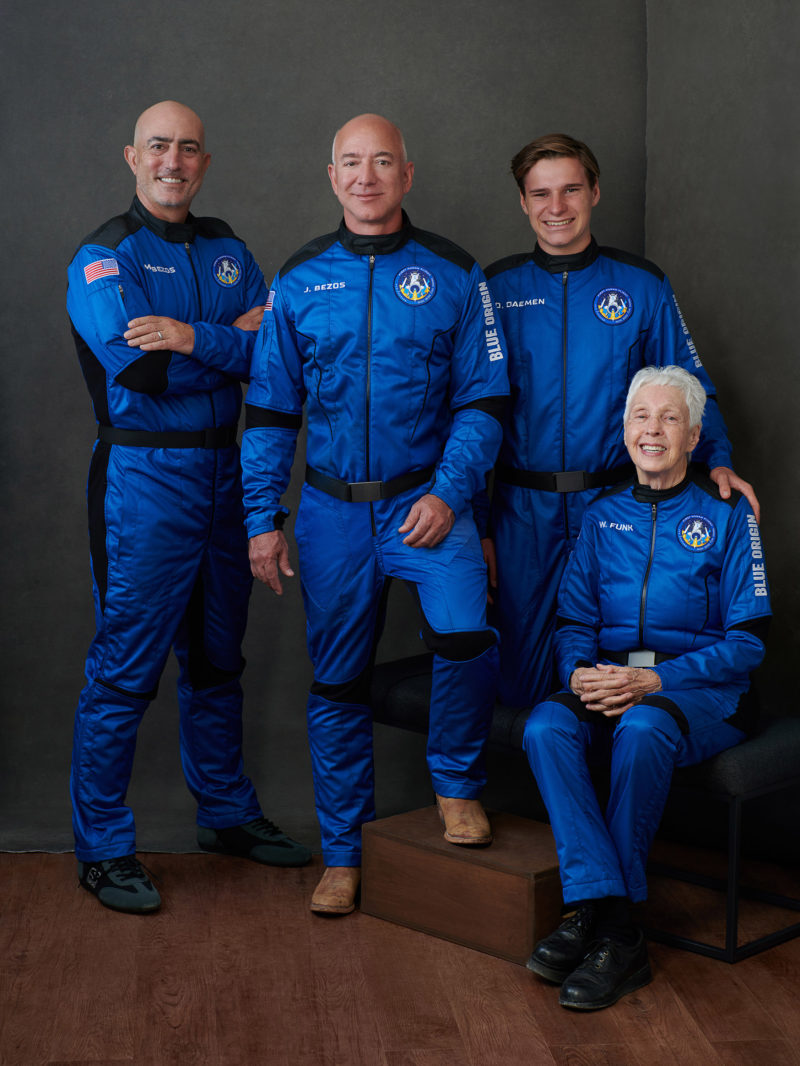
This morning’s 10-minute and 10-second flight was the third outing of the fourth-generation NS4 New Shepard booster, which first saw service last January when it achieved a peak altitude of 65.75 miles (105.82 km) and demonstrated speakers, microphones, a crew-alert system and push-to-talk buttons. On the January flight, New Shepard’s crew capsule benefited from cushioned wall-linings and sound-suppression devices to reduce ambient noise levels and cooling and humidity controls to regulate temperatures, scrub carbon dioxide from the air and circumvent window-fogging.
Thirteen weeks later, in mid-April, a group of four Blue Origin personnel rode the two miles (3.2 km) from “the Barn”, where New Shepard is readied for flight, out to Launch Site One for a full dress rehearsal of climbing the gantry, strapping into the capsule and conducting communications checks. They disembarked before launch, but after the capsule landed they climbed aboard again to participate in simulated post-landing unstrapping and egress exercises.
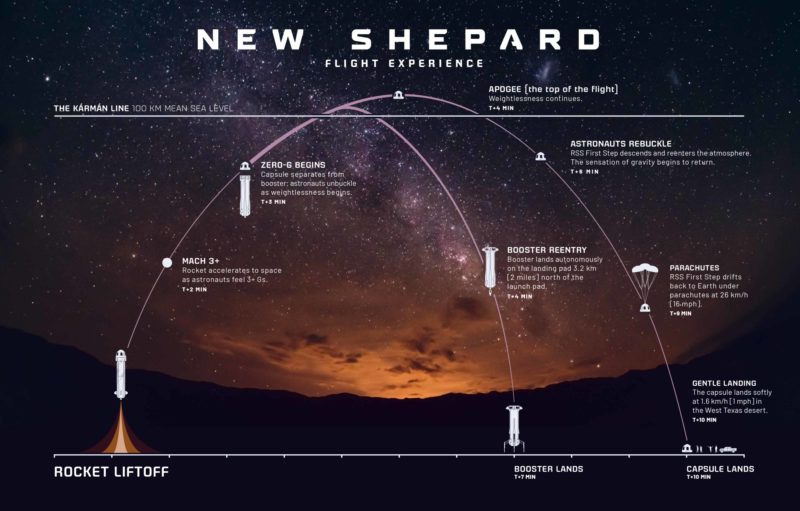
This allowed Blue Origin to press ahead with plans to put humans on NS4’s third flight. In a press conference on Sunday, CEO Bob Smith noted that completing the two “stable configuration” flights in January and April thoroughly tested the autonomy of the vehicle. As such, it was unnecessary for dedicated Blue Origin company pilots or test pilots to fly the first human mission. In May, on the 60th anniversary of the pioneering Freedom 7 flight by Alan Shepard—in which New Shepard’s namesake became the first American in space—Blue Origin announced that one of the first seats would be sold via online auction.
Last month, Jeff Bezos announced that he and his younger brother, Mark, would join the $28 million auction winner and in early July legendary “Mercury 13” aviator Wally Funk rounded out the stellar, four-person crew. However, after peculiarly citing “scheduling conflicts”, the auction winner will now ride a later New Shepard and Dutch student Oliver Daemen—whose father reportedly secured the second-highest bid—was named instead.
As such, 82-year-old Funk and 18-year-old Daemen wound up as the oldest and youngest humans to enter space, the former eclipsing Glenn, the latter pipping 25-year-old Soviet cosmonaut Gherman Titov. Added to that, the Bezos brothers became the first siblings to fly together on a space mission.
The Flight Readiness Review (FRR) took place on Sunday, followed by the Mission Readiness Review just yesterday, which cleared Blue Origin to head for an opening launch attempt at 8 a.m. CDT (9 a.m. EDT) Tuesday. Weather conditions in the remote West Texas desert launch site, near the town of Van Horn, were predicted to be favorable, with a slight chance of rain and thunderstorms during the countdown, together with light winds and temperatures in the low 20s Celsius (or 70s Fahrenheit).
During this time, Funk, Daemen and the Bezos brothers undertook the “comprehensive” two-day training template, which featured 14 hours of demonstrations, classroom instruction and fit-checks in the New Shepard capsule. The training is described by Blue Origin as being “fully compliant with FAA requirements”.
The crew was formally signed off by Crew Member 7 Kevin Sproge on Monday and at midnight CDT the 59-foot-tall (18-meter) booster/capsule combo was rolled out to Launch Site One to commence fueling with liquid oxygen and hydrogen.
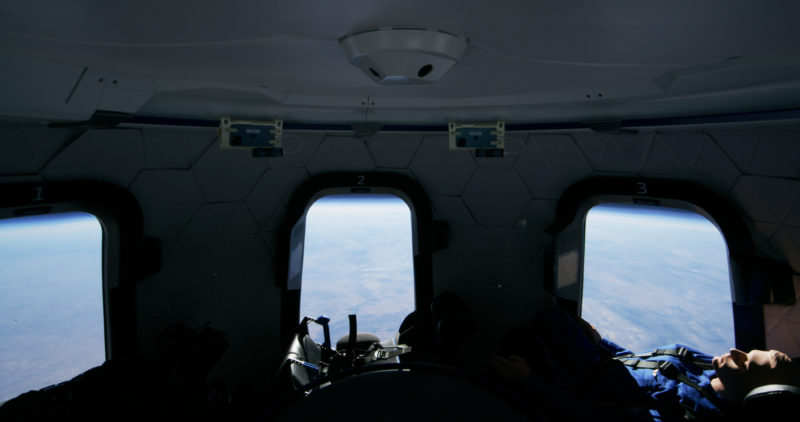
As the Sun rose over the barren and inhospitable West Texas desert, all eyes were focused on the four crew members, tucked up in the Astronaut Training Center. Clad in their blue flight suits, they departed at T-45 minutes, boarding a Rivian truck for transfer to the launch pad.
At the pad, they bounded up the steps of the gantry—Jeff Bezos easily identifiable in his broad-brimmed hat, Funk discernible by a wonderful childlike excitement which belies her years—and took their seats in the multi-windowed capsule.
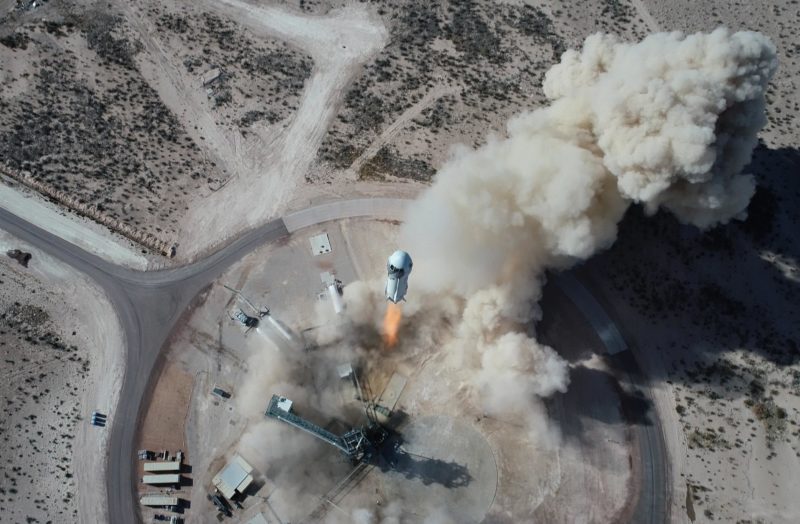
Steve Lanius, supporting his ninth New Shepard launch from the flight director’s seat, gave an unanimous “Go for Launch” at T-11 minutes. The tower was retracted at T-2 minutes and with 16 seconds to go the booster transitioned to internal guidance. At four seconds, “Command Engine Start” was issued and at T-0 the powerful BE-3 engine—with a thrust of 110,000 pounds (50,000 kg)—came alive.
A few seconds thereafter, at 8:11 a.m. CDT (9:11 a.m. EDT), New Shepard took flight and made a fast climb away from Launch Site One and into the clear sky of a West Texas morning. After the flight, Mark Bezos remarked on the acceleration forces. “You really feel ’em on the way up,” he said.
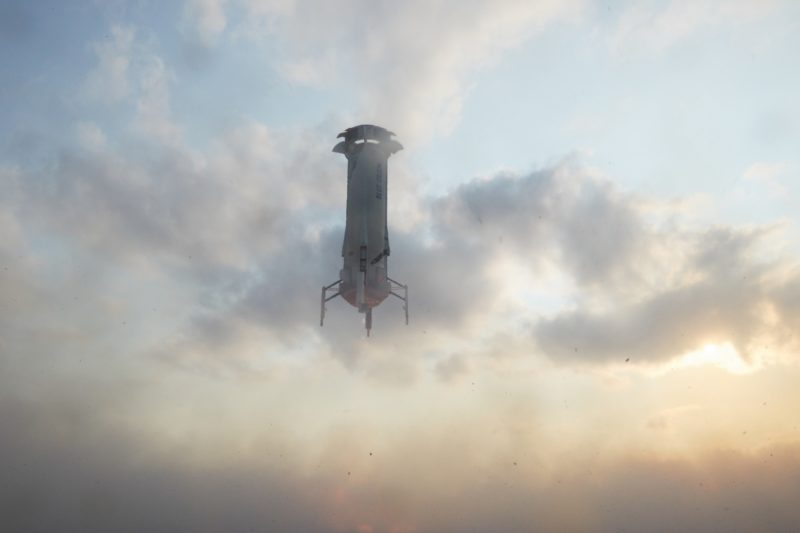
“The astronauts,” Blue Origin tweeted in the seconds after liftoff, “are experiencing a real rocket ride to space today.”
Passing through the period of maximum aerodynamic turbulence around a minute into the flight, the BE-3 engine finally shut down after 2.5 minutes. Twenty seconds later, the capsule bearing the Funk, Daemen and the Bezos brothers separated, with both continuing in an inexorably upward trajectory. At this point, for about four minutes, the crew had the opportunity to unbuckle their seatbelts and float around the spacious cabin. Daemen later revealed that weightlessness proved “so natural”, with Mr. Bezos recounting that the normality of microgravity was one of his “biggest surprises”.
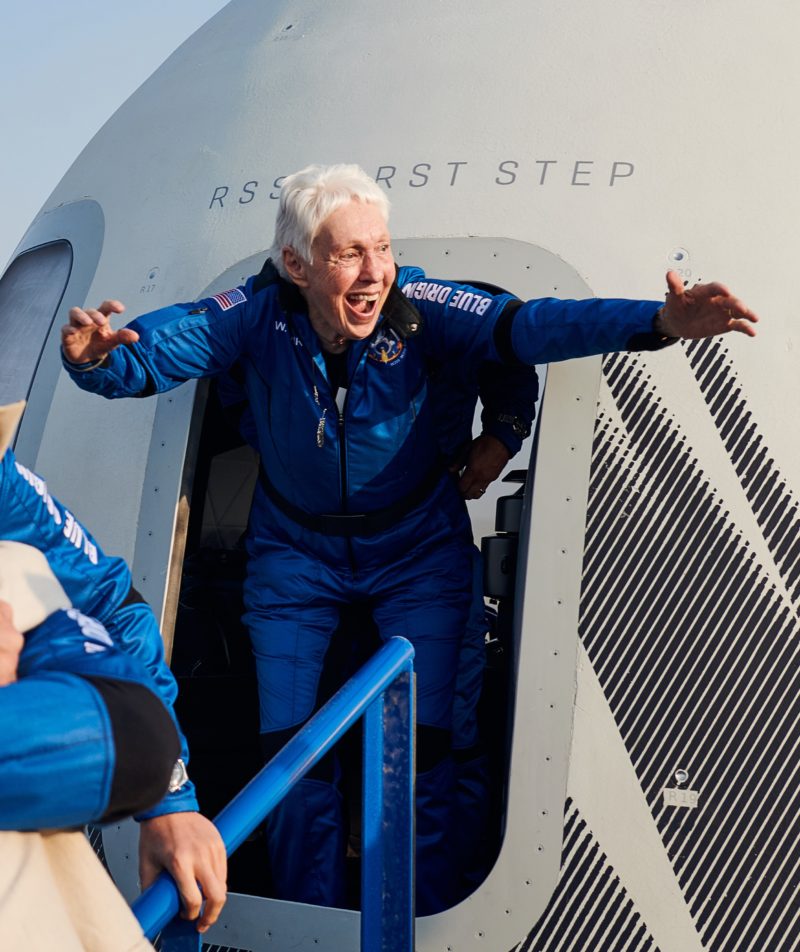
But the view of Earth through the capsule’s windows incomparably surpassed everything. Mr. Bezos later told a packed media conference of seeing this “tiny, fragile little thing” and explained that it is “one thing to recognize that intellectually and to see it with your own eyes how fragile it is”. Periodically, an excited Funk could be heard shrieking “I love it!” at the top of her lungs. One of them called out “Who wants a Skittle?” before a cacophony of chuckles as the multicolored candies floated lazily across the cabin from each to each.
Shortly thereafter, booster and capsule reached their own respective apogees, the highest point of their journey. The booster attained 350,835 feet (66.4 miles or 106.9 km) above mean sea level, whilst the capsule peaked at 351,210 feet (66.5 miles or 107.0 km) above mean sea level. As such, Funk, Daemen and the Bezos brothers soundly exceeded the 62-mile-high (100 km) “Kármán Line”, which is recognized throughout much of the world as the edge of space and the uppermost limit of the “sensible” atmosphere.
No sooner had apogee been reached, however, but both vehicles felt the tug of gravity once more and began their respective descents. Controlled by its stabilizing fins and burns of its BE-3 engine, the booster screamed back home, unleashing a rip-roaring sonic boom, before touching down on its West Texas landing pad at T+7 minutes and 20 seconds. Meanwhile, the capsule’s drogue parachutes were deployed on time, followed by the three blue-and-red main canopies, which were fully unreefed by 3,000 feet (900 meters).
Touchdown came at a serene 1 mph (1.6 km/h), after a flight lasting 10 minutes and 10 seconds and a maximum ascent velocity of 2,233 mph (3,595 km/h). Within minutes, recovery teams and the new astronauts’ loved ones were on hand for a joyful hatch-opening.
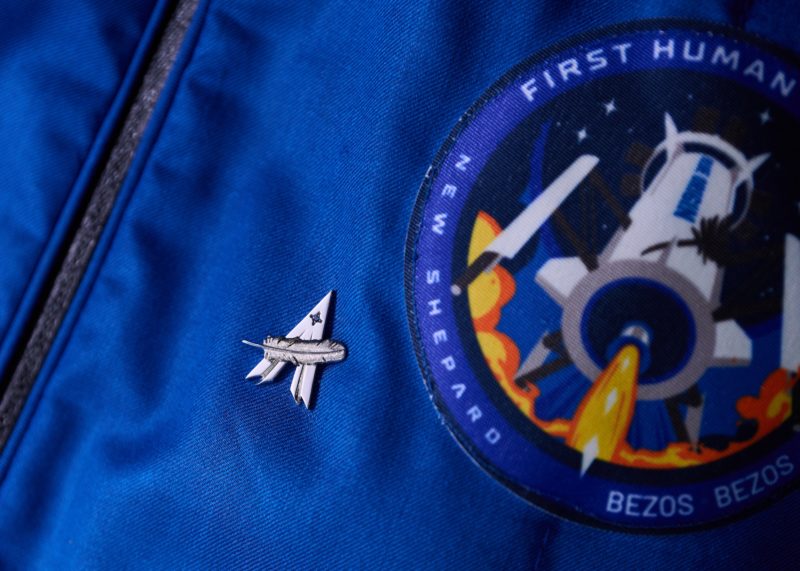
Later, at the post-flight media conference, former shuttle commander Jeff Ashby—who now serves as Blue Origin’s senior director of safety and mission assurance—pinned astronaut wings onto each of their flight suits. He explained that the wings adopt an “A” shape, whose two upward-pointing bars illustrate the “road to space”, with Blue Origin’s trademark feather forming the central bar. At the top of the wings was a tiny sapphire, “to remind these folks,” said Ashby, “that they are from Planet Earth and that they have a mission to protect this home.”
As to the future, Mr. Bezos indicated that two more human flights are planned this year, the first in late September or early October. Beyond the end of 2021, he offered no pointer of how the flight rate would increase next year. But Jeff Ashby’s enthusiasm was palpable. “I don’t know what you’re going to do next,” he said to Mr. Bezos, after the two shared a hug, “but I can’t wait to watch!”




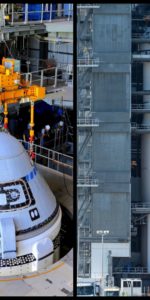
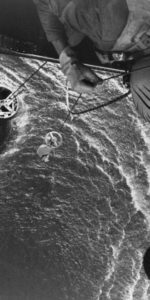
7 Comments
7 Pings & Trackbacks
Pingback:New Shepard Lifts Siblings, Youngest, Oldest Space Travelers Above Kármán Line
Pingback:Record-Setting New Shepard Launches Postcards, Lunar Landing Tech, Art to Edge of Space « AmericaSpace
Pingback:Record-Setting New Shepard Launches Postcards, Lunar Landing Tech, Art to Edge of Space
Pingback:Blue Origin’s NS-18 Boldly Goes, Delivers Shatner, Crewmates to Threshold of Space « AmericaSpace
Pingback:Blue Origin’s NS-18 Boldly Goes, Delivers Shatner, Crewmates to Threshold of Space
Pingback:Blue Origin’s NS-18 Boldly Goes, Delivers Shatner, Crewmates to Threshold of House « AmericaSpace - Technology News
Pingback:NS-19 Launches Six Crew, Flies Shepard’s Daughter, Honors De Vries – AmericaSpace